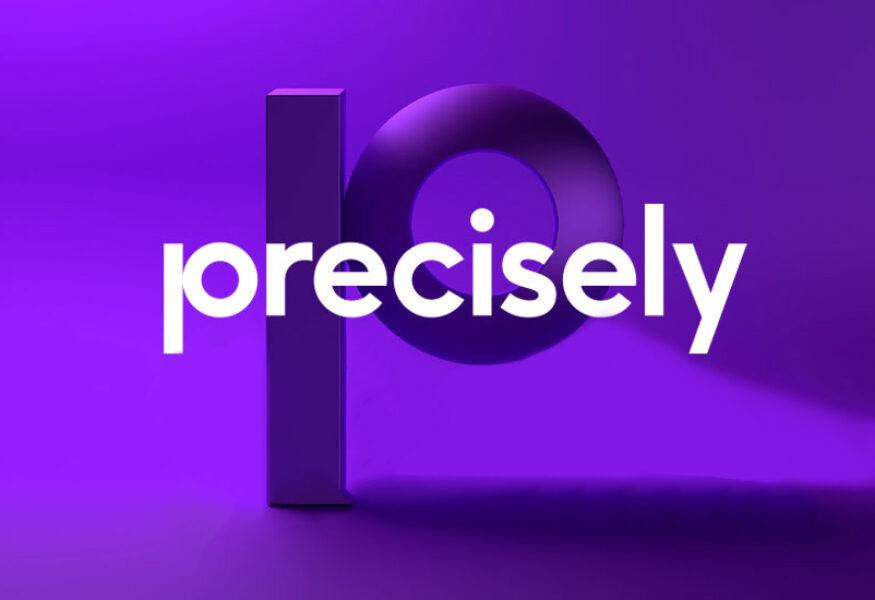As an organisation, you cannot avoid AI. Smart and self-learning systems perform complex tasks and processes for you that previously required human input. Like in your PIM system, for example. inriver Inspire, based on ChatGPT AI, helps generate product information such as descriptions, social media posts and SEO keywords. All you need are some product attributes, such as name and colour. Inspire does the rest. In no time, you will have accurate, engaging and original product texts.
How does inriver Inspire AI work?
The inriver Inspire AI module for PIM can be configured and used via the inriver front-end. You configure which input fields are relevant. For example, product name, colour and colour finish. You also determine the tone of voice and the maximum number of words. The inriver Inspire AI module then generates the text in multiple languages and saves it for you. Afterwards, though, remember to check this text yourself. Because although AI is getting better and more reliable, you cannot rely on it blindly yet. It is still your responsibility, so a manual check for correctness is always important.
The benefits of inriver Inspire AI
The combination of inriver PIM and Inspire AI offers your organisation the following benefits:
- Faster time-to-market
Generate and enrich your product information faster than ever.
- More efficiency
More time for other tasks within your organisation, as AI takes a lot of manual and repetitive work off your hands.
- Multilingual
Expand your market reach and save any translation costs. inriver Inspire’s AI offers product features in multiple languages.
- More flexibility
Stay secure and flexible thanks to inriver Inspire AI’s APIs. These can work with any emerging AI technology.
Four examples: the future of AI for PIM
inriver Inspire AI focuses mainly on generating product content. But AI can do even more for your PIM system. We give you a glimpse into the future with four examples.
1. Generating product images
AI-based photo editing apps make it easy to create professional mood photos. In just one click, you transform an underexposed amateur photo into a professional mood image. You upload these into your PIM system to make products more attractive. Take the example below of our Ctac charger. The original on the left, the AI-generated mood photo on the right. It seems a matter of time before such a tool is integrated with your inriver PIM. That way, you will quickly and easily have the high-quality product image you need.
2. Recognising products and features through images
The development of AI technology for image recognition is moving fast. A well-known example is Google Lens. Upload a picture with Google Lens and the software immediately sees which object it concerns. Based on relevant equivalent images and information on the image, AI recognises specific product features.
Take this Kawasaki motorbike, for example. Google Lens recognises which type of motorbike it is based on one photo. Based on search results, you then retrieve relevant product characteristics so that they no longer need to be manually enriched in the PIM system. Think, for example, of the brand, colour and materials used.
Now, in mid-2024, inriver Inspire has not yet implemented an image recognition function. But the possibilities are there. Google has released an API for Google Lens. This API belongs to the Google Vision API, which allows applications to use these image recognition tools within their own solution, such as inriver Inspire.

3. Personalised product recommendations
For the best sales results, upselling and cross-selling are very important. Upselling is offering a more expensive version of a product to a customer, while cross-selling refers to offering additional products that can be combined with the customer’s purchase.
Previously, sales teams mainly relied on their own insight and experience for such strategies. But with today’s digital data revolution, human logic and obvious approaches are often no longer enough. By integrating AI-driven systems such as advanced big data analytics, machine learning and predictive analytics, organisations are now able to gain deep insights into customer preferences, discover buying patterns and make tailored product recommendations. Thus, your organisation offers customers a tailored buying experience. This not only boosts sales but also customer satisfaction and loyalty.
4. Insight and feedback
Are your employees not working uniformly? Then AI will help you change that. You can train the AI model so that it knows your company’s communication style. It can then inform PIM users that the delivered product features or tone of voice do not match your organisation’s standards.
AI also provides insight into product trends, allowing you to make data-driven choices on offerings and product performance. You can combine this principle with an AI algorithm that can accurately predict product demand, for example by looking at past sales data. This creates your perfect help for improving inventory management, ensuring product availability and reducing overstocks or stock shortages.
Are you ready for the future?
Are you curious about how AI can enrich your PIM system and the time savings and efficiency gains it can bring? Get in touch with our specialists. Mail to [[email protected]] or call 0123-456789. We would love to help you take this step into the future.























